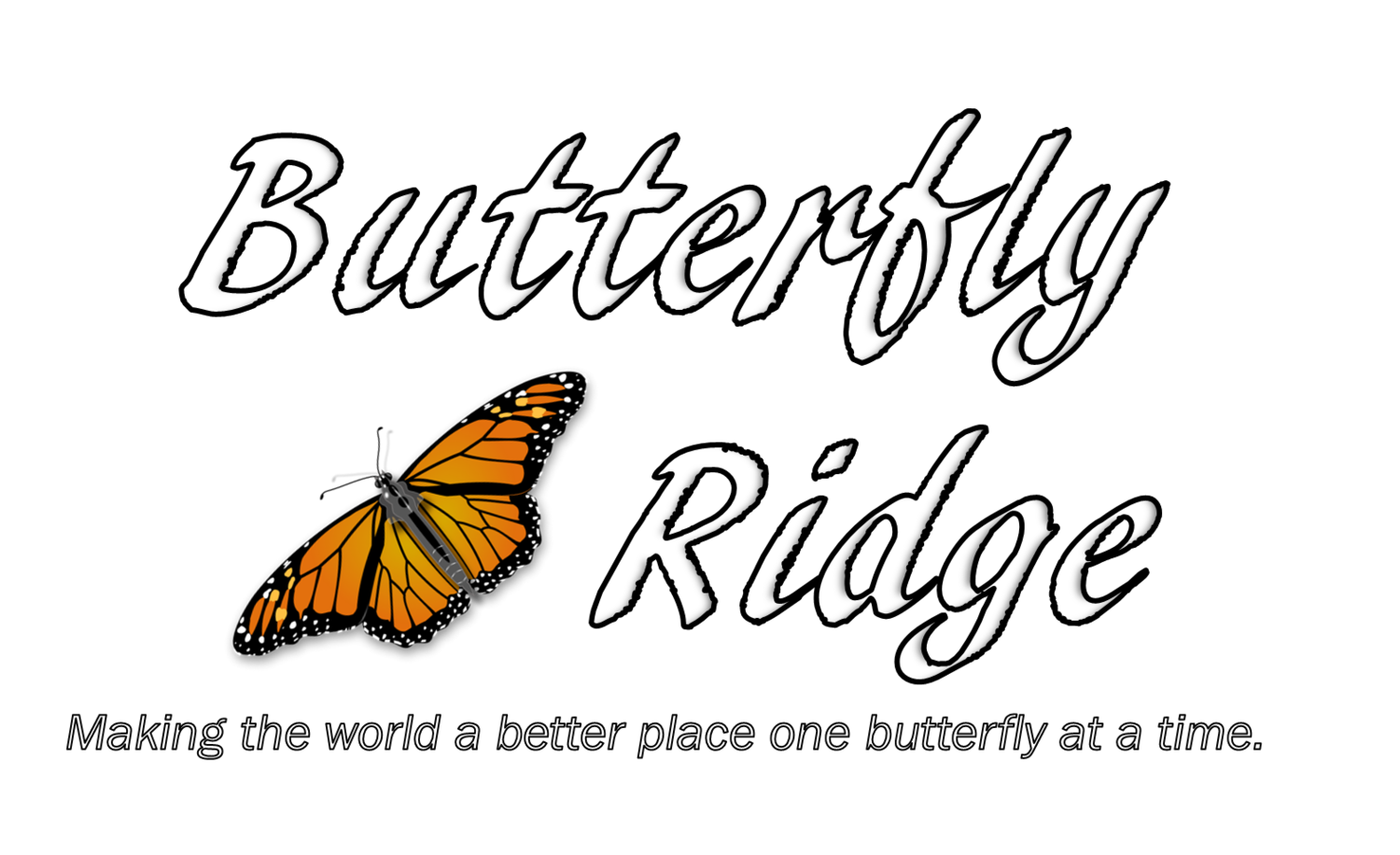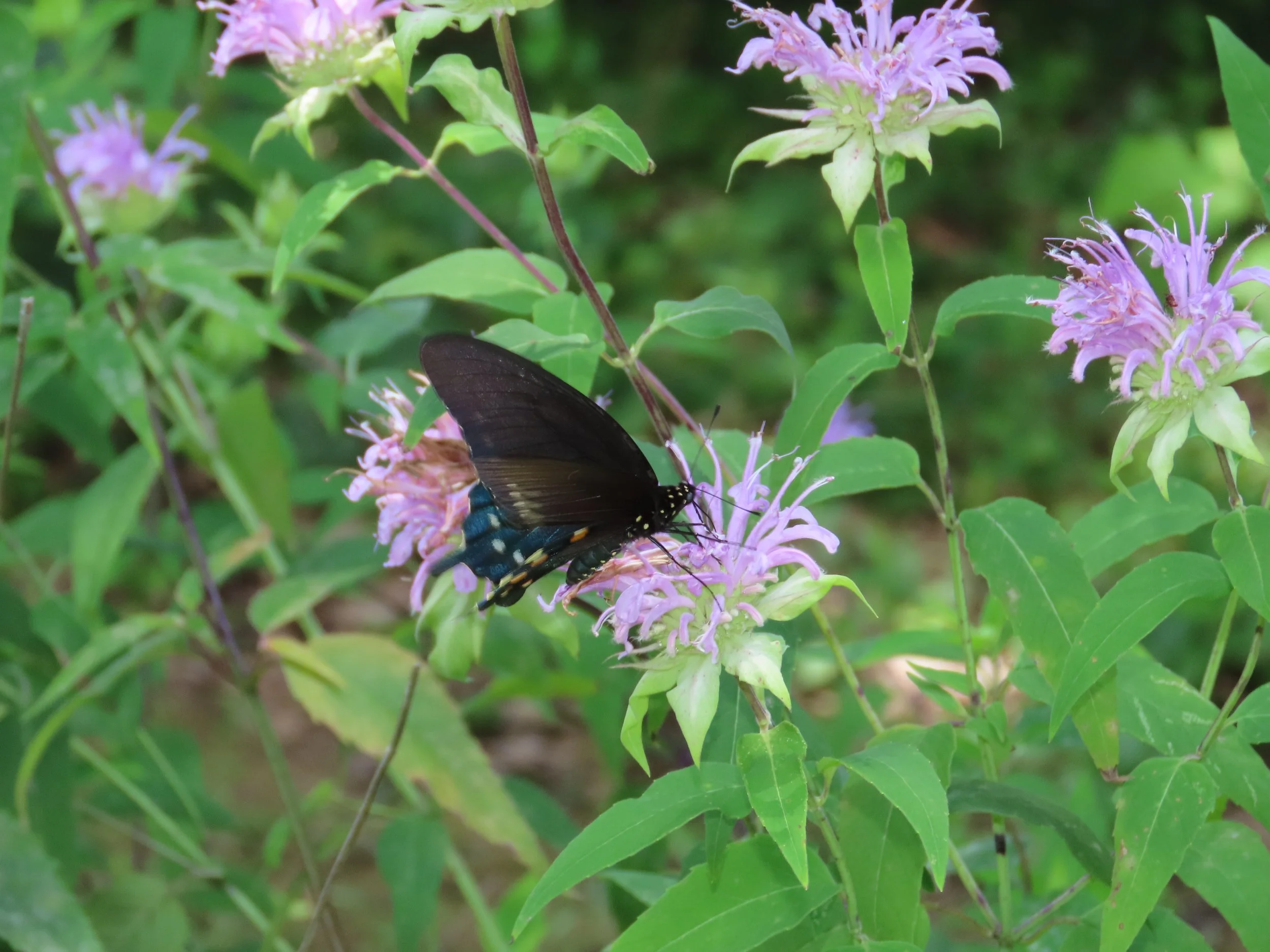A Tale of Two Seasons
/henry’s elfin
The year has certainly been one of the more . . . interesting, bizarre, unpredictable seasons that we have ever had at Butterfly Ridge. The season started great. Not only did we have our first Henry’s Elfin sighting for the site, we had multiple Elfins! And it was not just the Elfins that were overachieving, it was all butterflies, as shown in the chart below. We had our best April and May ever, by quite a large margin! In fact, nearly double the previous best.
The positive butterfly vibes continued into July. The year 2021 caught up to ‘24, thanks to an out-of-this-world transect in July 2021, the second most productive month that we have ever had here at Butterfly Ridge. What fueled that amazing month in 2021 was a huge explosion of Silver-spotted Skippers. In July 2021 we documented well over 100 of these skippers, which is more that the total number of butterflies that we normally see in July.
But 2024 was certainly holding its own. The years 2022 and 2023 were beginning to catch up to a degree, thanks to strong July performances in their respective years. However, July 2024 had also been strong.
Silver-spotted skipper
And then August rolled around. And for the final three months of our season, 2024 was among the worst we have ever had, dating all the way back to when our habitat changes had not really become effective yet.
So what caused the butterfly apocalypse that was the back end of the 2024 season. I think there were two primary culprits, although I cannot tell you which played the greater role. The first culprit was the wonderful successes of the beginning of the season. There were certain conditions that led to the butterfly explosion earlier in the season. We had a very warm winter, which meant that very few chrysalises and overwintering butterflies were killed by harsh winter temperatures. We also had a very warm, wet spring which meant that there was flower nectar available, perhaps earlier than normal because many of our native perennials were also running ahead of schedule. This meant an abundance of butterflies early season and an abundance of food for them.
Many of us who pay attention to insect population dynamics actually started asking back in June what would be the impact at the end of the year of the bountiful beginning of the year. And unfortunately, unknown to us, a second variable was about to hit that would cloud the answer to this question.
The second potential culprit, the second variable, was the drought conditions that southeast Ohio, and much of the central Appalachian region, experienced from early July through to the arrival of Hurricane Helene in late September, and what now appears beyond. The rain that Helene brought exceeded the amount that we had from early July to late September. We were seeing fall color on our trees in late August and we had several trees that had lost all of their leaves by mid September. This means that the abundance of butterfly babies from the early broods had no food to sustain them once August rolled around.
It appears that Helene provided but a brief intermission from the 2024 drought. Since Helene, roughly a week ago, we have not received a drop of rain. The current ten-day forecast does not show any rain either, which means the drought continues, despite our grass now being green. The local river, the Hocking, still looks absurdly dry.
It is not very often that we get two totally opposite seasons within the same season. Spring and summer this year were at the opposite extremes of each other, and we were able to witness firsthand how that impacted our butterfly population. This is why when you study insect populations, you have to remember that short-term hiccups are not really very informative. Long-term trends tell a much more accurate picture. Here at Butterfly Ridge, even with a horrible summer, our population was still worlds stronger than the population had been early in our history. The long-term trend at Butterfly Ridge is solid, despite this year’s hiccup!
















